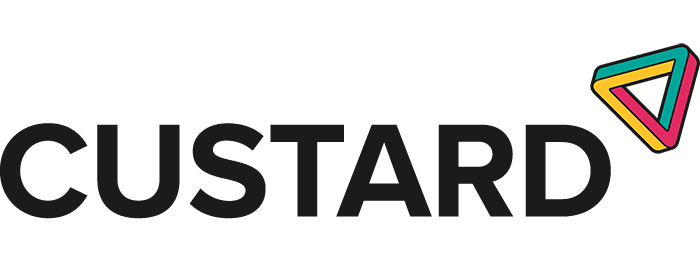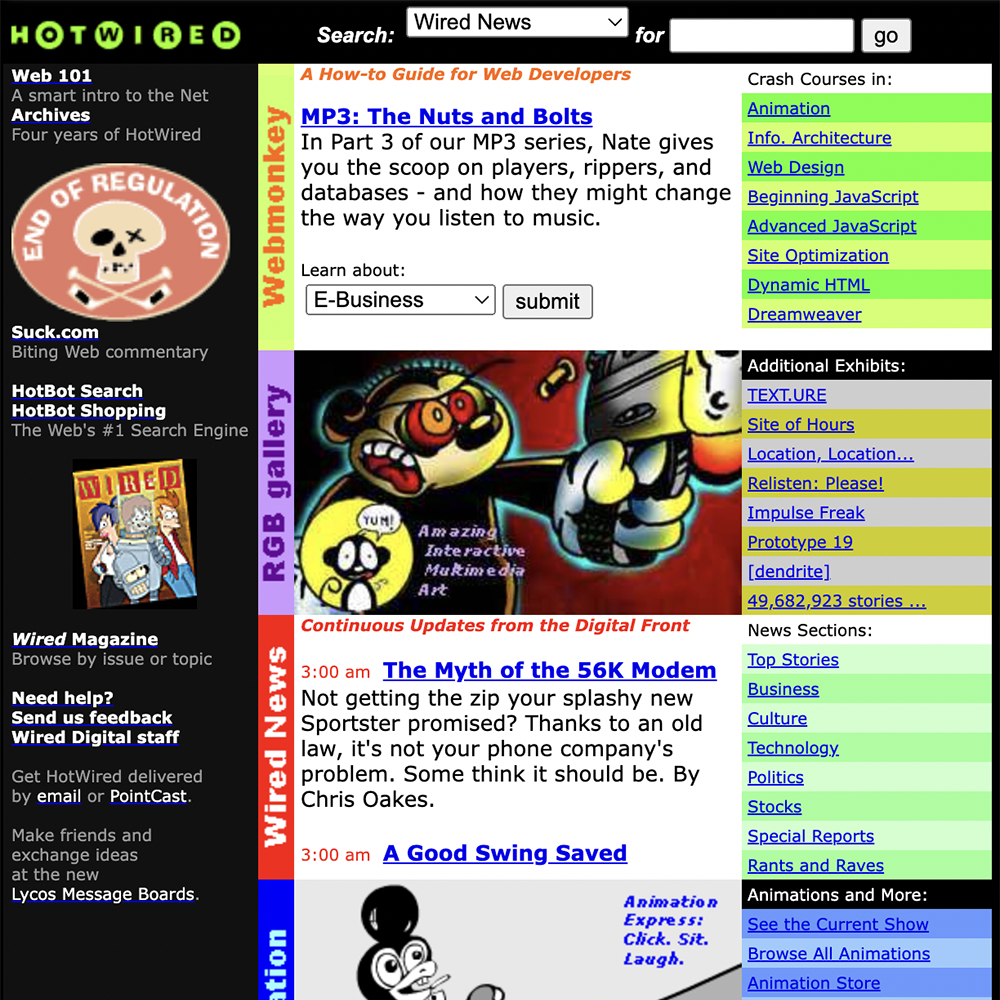
What is a content strategy, exactly, and how can it propel your brand’s online presence to new heights? This guide will walk you through the intricacies of what is a content strategy, its significance, key components, and how to harness its power effectively.
Defining a content strategy: Navigating the basics
Let’s begin with the fundamental question – what is a content strategy? At its core, a content strategy is a meticulously designed plan that outlines how your brand will use content to achieve its marketing goals. It’s the blueprint that guides the creation, distribution, and management of content across various digital platforms.
Why is a content strategy essential?
Now that we’ve addressed what is a content strategy, let’s delve into its importance. Here’s why having a well-defined content strategy is paramount:
- Alignment with Goals: A robust content strategy aligns your content efforts with your overarching business goals. Whether it’s increasing brand awareness, driving website traffic, or boosting conversions, your strategy acts as a roadmap towards achieving those goals.
- Audience Relevance: Understanding your target audience is integral to crafting impactful content. A well-structured content strategy ensures that your content speaks directly to your audience’s needs, pain points, and interests.
- Consistency: In the digital landscape, consistency is key. A content strategy helps maintain a consistent voice, style, and tone across all your content, fostering a recognisable brand identity.
- Optimisation for SEO: As an SEO consultancy agency, we know that strategic content creation involves incorporating relevant keywords that enhance your search engine visibility. A content strategy ensures that your content is optimised for SEO, driving organic traffic to your website.
- Effective Resource Utilisation: Creating quality content demands time and resources. A content strategy allocates resources efficiently, ensuring that your content efforts yield the best possible results.
Components of a content strategy
Understanding what is a content strategy is incomplete without dissecting its components. Here’s a breakdown of the key elements:
Audience Research and Persona Development
At the heart of any effective content strategy lies a deep understanding of your target audience. Conduct thorough research to define audience personas – detailed profiles that encompass demographics, behaviours, pain points, and preferences. This information forms the bedrock of your content creation process.
Goal Setting and KPIs
Clearly define your content objectives. Are you looking to increase engagement, drive traffic, or convert leads? These goals need to be measurable. Identify Key Performance Indicators (KPIs) that will gauge the success of your strategy. Whether it’s website visits, social shares, or email sign-ups, your KPIs will guide your content efforts.
Content Creation and Planning
Based on your audience personas and goals, plan the type of content that resonates with your target audience. This could include blog posts, videos, infographics, podcasts, and more. Develop an editorial calendar that outlines the topics, formats, and publication dates, ensuring a consistent flow of content.
Keyword Research and SEO Integration
A crucial aspect of content strategy is keyword research. Identify relevant keywords that your audience is searching for. These keywords should be seamlessly integrated into your content to enhance its visibility on search engines, a process known as Search Engine Optimisation (SEO).
Content Distribution and Promotion
Producing great content is only half the battle; promoting it effectively is the other. Determine the platforms and channels where your audience hangs out – be it social media, email, or industry forums. Tailor your content distribution strategy to maximise its reach and engagement.
Content Calendar and Scheduling
Consistency is paramount in content marketing. Create a content calendar that maps out when and where each piece of content will be published. This calendar keeps your team on track and ensures a steady stream of content without any lulls.
Performance Analysis and Iteration
Regularly assess the performance of your content against the set KPIs. Tools like Google Analytics, social media insights, and email marketing metrics provide valuable data. Use this data-driven approach to refine your content strategy, tweaking elements that aren’t delivering the desired results.
Crafting your content strategy: A step-by-step approach
Now that you’ve grasped what is a content strategy and its components, let’s walk through the process of creating one:
- Define Your Objectives: Start by outlining your business goals and how content can support them. Are you looking to build brand awareness, educate your audience, or drive sales?
- Identify Your Audience: Conduct thorough audience research to create detailed audience personas. Understand their preferences, pain points, and online behaviour.
- Set Measurable Goals: Translate your objectives into specific, measurable goals. For instance, aim to increase website traffic by 20% within six months.
- Choose Content Types: Based on your audience’s preferences and your goals, determine the types of content that will resonate most. This could include blog posts, videos, webinars, or eBooks.
- Perform Keyword Research: Identify relevant keywords related to your industry and audience. These keywords will guide your content creation and SEO efforts.
- Create a Content Calendar: Develop an editorial calendar that outlines when and where each piece of content will be published. This keeps your content creation organised and consistent.
- Craft High-Quality Content: Create content that adds value to your audience. Whether it’s informative, entertaining, or inspirational, the content should align with your audience’s needs.
- Promote Your Content: Share your content across appropriate channels – social media, email, industry forums, etc. Tailor your promotion strategy to each platform.
- Monitor and Analyse: Regularly track your content’s performance using analytics tools. Monitor metrics like website traffic, engagement rates, and conversion rates.
- Refine and Optimise: Based on your analysis, refine your content strategy. Adjust your content types, distribution channels, or topics to better align with your audience.
Contact us to talk about things content strategies. Do you still need some convincing? Check out our latest results to see why we’re pros in the field of content strategies!




